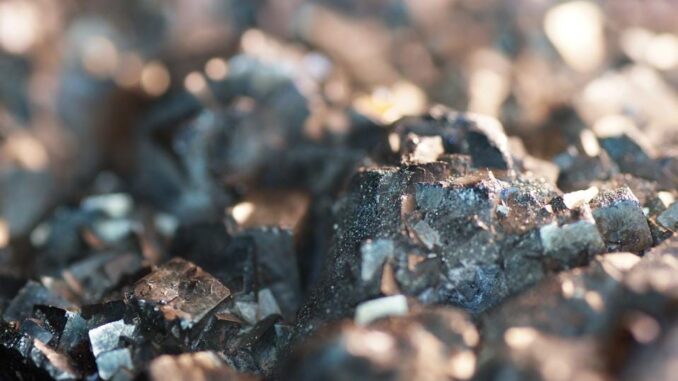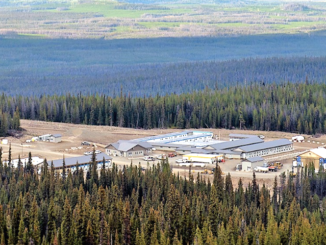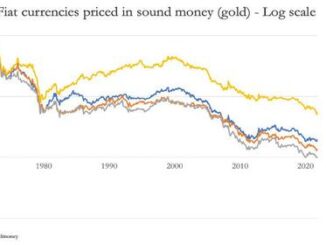
Copper and silver prices are on the rise in 2023 due to insufficient supply against growing demand. Some analysts see these precious metals enjoying moderate-to-outsize gains this year. Here’s the scoop behind rising prices – and how to invest if you’re looking to capitalize on these shiny metals.
Silver price per ounce on the rise
Silver futures rose from $23.42 on January 5 to $23.94 by January 20, a modest increase for the shimmery metal. But a CNBC report found that some analysts see the silver price per ounce hitting $30 in 2023. If so, that would be silver’s highest price in nine years since it eclipsed the same in February 2013.
Janie Simpson, managing director at ABC Bullion, told CNBC that silver has often seen near 20% gains in high-inflation years. “Given that track record,” she said, “…it wouldn’t surprise to see silver head towards $30 per ounce this year, though that will likely offer significant resistance.”
Randy Smallwood, president of Wheaton Precious Metals, agrees that $30 will prove hard to top. Still, he sees prices staying “comfortably over $20 per ounce.”
Other analysts predict that recession fears and declining inflation could soften industrial demand, which may the silver price per ounce to $18.
Why is silver climbing?
Analysts attribute low silver supplies and its tendency to outperform gold in high-inflation environments to the metal’s early-year success. According to The Silver Institute, mines produced 843.2 million ounces of silver in 2022. That’s a not-insubstantial drop from 2016’s 900 million ounces.
Because silver is often a byproduct of mining for other metals, it’s harder to increase production to meet demand. Increased need in the automotive, electronics and renewable energy tech industries may also contribute to growing demand.
Copper price per pound jumps in January
The copper price per pound has also bumped up in January, from $3.74 on January 4 to $4.25 on January 20. Here, too, analysts point to supply and demand issues driving higher prices.
A recent Goldman Sachs commodities forecast suggests that copper will average around $4.42 per pound in 2023. Those numbers could reach as high as $5.54 next year. They blame supply woes, mine disruptions and declining capital expenditures on mining firms for rising metal prices.
John E. Gross of metals management consulting firm John E Gross Consulting blamed issues at South American mines in particular.
While protests in Peru have derailed production at two sites in the country, a contract dispute in Panama threatens to slash 300,000 metric tons from the global supply.
And in Chile, declining ore grades, water shortages and maintenance issues have reduced copper output.
But declining supply is just one half of the equation. As China loosens many of its “zero Covid” policy restrictions, increasing industrial activity piles more demand onto the global pool.
How to invest in precious metals
Investors often rely on precious metals like silver and copper to diversify their portfolios from more traditional investments. Because they face different market pressures, they may move in different directions from stocks or bonds. That gives investors a financial buffer against certain economic or market events.
If you’re wondering how to invest in precious metals, here are four places to start.
Precious metal-related stocks
Precious metal stocks run the gamut from mining companies and refineries to – depending on your definition – jewelry companies. Owning stocks allows you to benefit from both potential dividends and stock price appreciation.
However, precious metal stocks carry risks, from market downswings to picking a chronic loser. Mining stocks in particular present concerns like natural disasters, mine closures and accusations of using child labor.
And because mining stock performance can be swayed by precious metal performance, these investments carry extra volatility risk.
Precious metals futures
Futures are contracts that specify the terms of a future deal between a buyer and seller.
Investors may use precious metals futures to wager on fluctuating metal prices without the hassle of owning physical goods. When the contract matures, you may have the option of cashing out or taking possession of the physical metal.
But beware: futures contracts carry substantial risks, including magnified losses if you leverage your investment. There’s also a risk that the supplier won’t be able to fulfill the contract when the time comes.
Copper and silver ETFs
Precious metals ETFs may buy and hold physical commodities, trade precious metals futures or hold stocks in related companies.
Generally, copper and silver ETFs aren’t expected to outperform – they’re used as a diverse, liquid hedge against inflation or market turmoil. You can use ETFs to sidestep risks of theft and illiquidity (for physical metals) or concentrated volatility (for metals and stocks).
Still, there are no guarantees that these investments will perform, or that their prices won’t be swayed by supply and demand changes.
Coins and bullion
Some investors prefer the emotional benefits of owning physical metals. However, this form of precious metals investing is generally the least liquid and most expensive. Physical metals don’t produce cash flow, and you may incur higher costs to buy, store and insure your investment.
Don’t forget about Q.ai’s Precious Metals Kit
Investing in silver, copper and any other precious metal comes with their own risks, just like any investment. Still, many investors rely on precious metals as a veritable “safe haven” during turbulent times. They also offer unique diversification potential that you’re hard-pressed to find in other assets.
If you’re one of those investors but you don’t want to deal with the hassle of managing your own metals, we don’t blame you.
That’s why Q.ai offers the Precious Metals Kit. This Kit offers diversified exposure to gold, silver, platinum and palladium with a risk-adjusted balance of four ETFs. You can add it to your broader portfolio to hedge against inflation, market volatility or just bring in some unique diversity.



